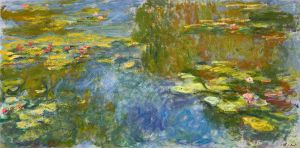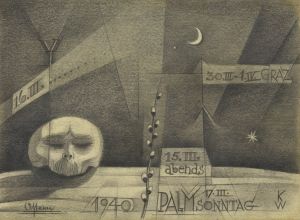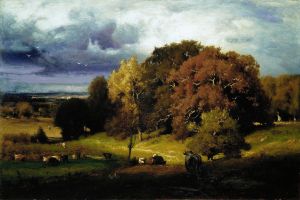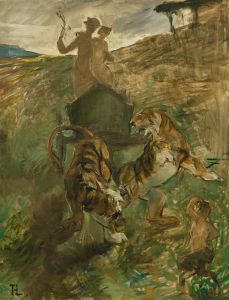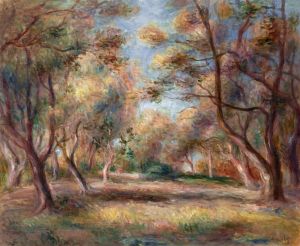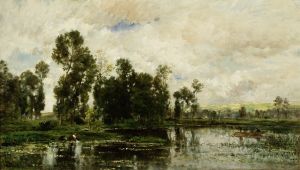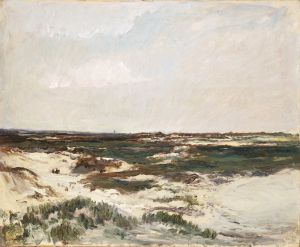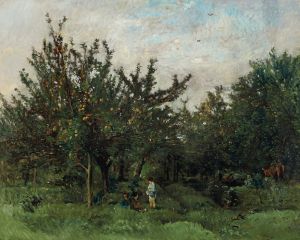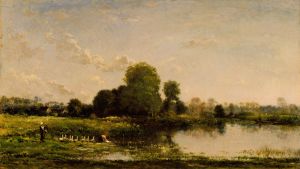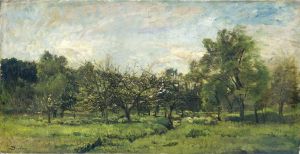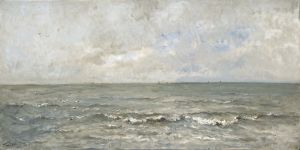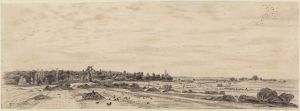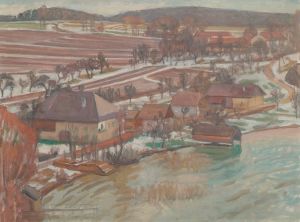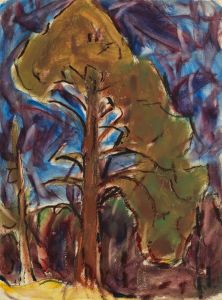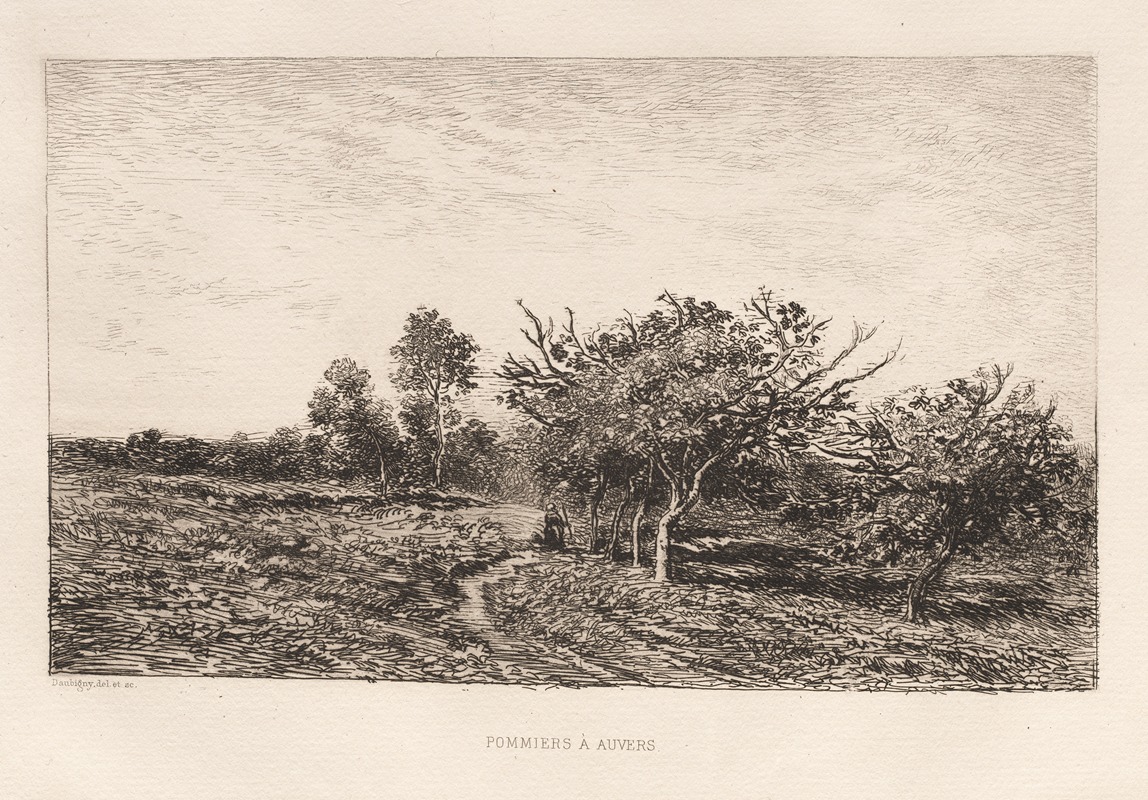
Apple Trees at Auvers
A hand-painted replica of Charles François Daubigny’s masterpiece Apple Trees at Auvers, meticulously crafted by professional artists to capture the true essence of the original. Each piece is created with museum-quality canvas and rare mineral pigments, carefully painted by experienced artists with delicate brushstrokes and rich, layered colors to perfectly recreate the texture of the original artwork. Unlike machine-printed reproductions, this hand-painted version brings the painting to life, infused with the artist’s emotions and skill in every stroke. Whether for personal collection or home decoration, it instantly elevates the artistic atmosphere of any space.
Charles François Daubigny, a prominent French landscape painter associated with the Barbizon School, created the painting Apple Trees at Auvers. This artwork exemplifies Daubigny's dedication to capturing the natural beauty of rural France during the 19th century. Known for his innovative approach to plein air painting, Daubigny often worked outdoors to depict landscapes with immediacy and authenticity, a practice that influenced later Impressionist painters.
Apple Trees at Auvers was painted during Daubigny's time in Auvers-sur-Oise, a village in northern France where he lived and worked for several years. Auvers-sur-Oise was a popular destination for artists due to its picturesque scenery and proximity to Paris. The painting features a serene orchard scene, with apple trees rendered in soft, naturalistic tones. Daubigny’s use of light and shadow conveys a sense of tranquility and emphasizes the harmony between humans and nature.
Daubigny was known for his loose brushwork and ability to capture the atmospheric qualities of a scene. In Apple Trees at Auvers, these techniques are evident in the way he portrays the interplay of light on the foliage and the ground. The composition reflects his interest in the everyday beauty of the countryside, a theme that recurred throughout his career.
This painting is significant not only for its aesthetic qualities but also for its historical context. Daubigny was a precursor to the Impressionist movement, and his work helped pave the way for artists such as Claude Monet and Camille Pissarro. His focus on natural landscapes and his plein air technique were innovative for his time and marked a departure from the more formal, studio-based approaches of earlier landscape painters.
Today, Apple Trees at Auvers is recognized as an important example of Daubigny’s contribution to 19th-century art. The painting is held in the collection of the National Gallery of Art in Washington, D.C., where it continues to be appreciated for its artistic and historical significance.





